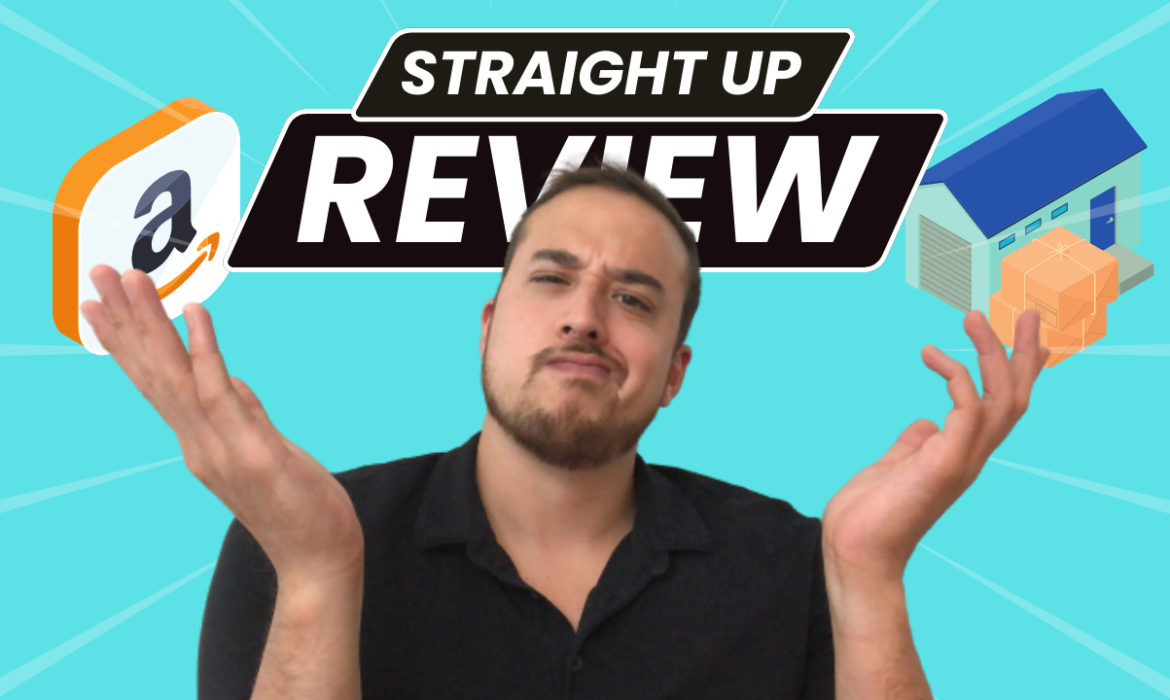Amazon FBA vs FBM: What is the Difference? Which is Better?

Time to answer this: Amazon FBA vs FBM: what’s the difference? Which is better?
Overall winner: FBA. I’ll explain
As you probably know, sellers have 2 options when it comes to shipping products to Amazon customers.
(1) Do it ourselves. Fulfilled by Merchant (FBM). This is the fulfillment method for rascals. Or…
(2) Have Amazon do it. Fulfilled by Amazon (FBA). Send it an Amazon warehouse, and they’ll ship when an order comes in.
I’ll cut to the chase: we’ve sold tens of thousands of different SKUs. Almost ALL of them sell better when they’re FBA. I’m talking about a 20-50% sales lift.
This is because most Amazon shoppers have Amazon Prime (70%+ of households in the US have it, believe it or not). They wanna use it! And they want stuff in 1-2 days. So you filter by stuff that’s at FBA. And there you go.
Now if you live where I live (Canada) there are parts of the country that still get Prime packages in 4-6 days. But if you live in the wilderness that’s your own fault.
Anyway…
What’s the downside to FBA? Seems like all roses so far.
First downside:
It’s going to take another 15% from your bottom line.
Here’s an example $100 product.
Here’s how much money you make as an FBA seller:
MSRP: +$100
Landed COGS: -$35
Referral Fee: -$15
FBA Fee: -$15
= $35 in profit. Before ads! If you want to pay to acquire customers, it cuts into that 35%. So you’ll need an ACoS below 35% to be profitable on singular ad sales (there’s the effect of ads on organic ranking, too. But that’s a conversation for a different day).
FBM can be cheaper. Depends on how you fulfill. But most of the time, using FBA will still– overall– put more dollars in your pocket because while each individual sale may be less profitable, the increase in topline revenue that comes from Prime eligibility should “make it up in volume”.
But is that really true?
The Truth?
Folks say that a lot, but in this case I’ve seen it to be correct.
And if this ever changes, you’ll be the first to know right here on this blog 😉
Another downside of FBA: If stuff doesn’t sell, it sits there and Amazon charges you storage fees. Not all roses 😉
For this reason, I’m a fan of pretty LOW inventory commitments to Amazon FBA. I’m talking 10-50 units. Especially if you’re new to the platform or are launching a new, unproven SKU. Why overcommit? No need.
Now clearly, we spend a lot of time thinking about Amazon strategy.
It’s all we do.
So if you want your own Amazon team that acts like an extension of your company, we should talk about working together.
I’m not saying “let’s do it”. But I’m saying it’s worth a conversation.
It can uncover additional opportunities for your brand. Growth opportunities. And places to cut spend. Here’s a link to our calendar:





